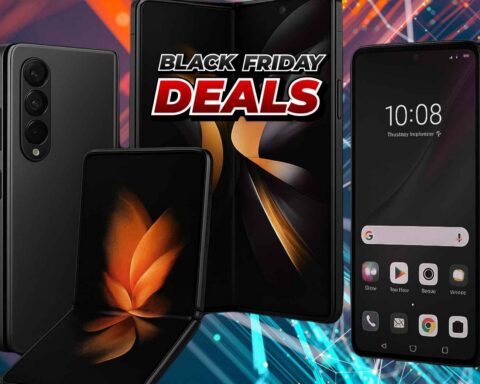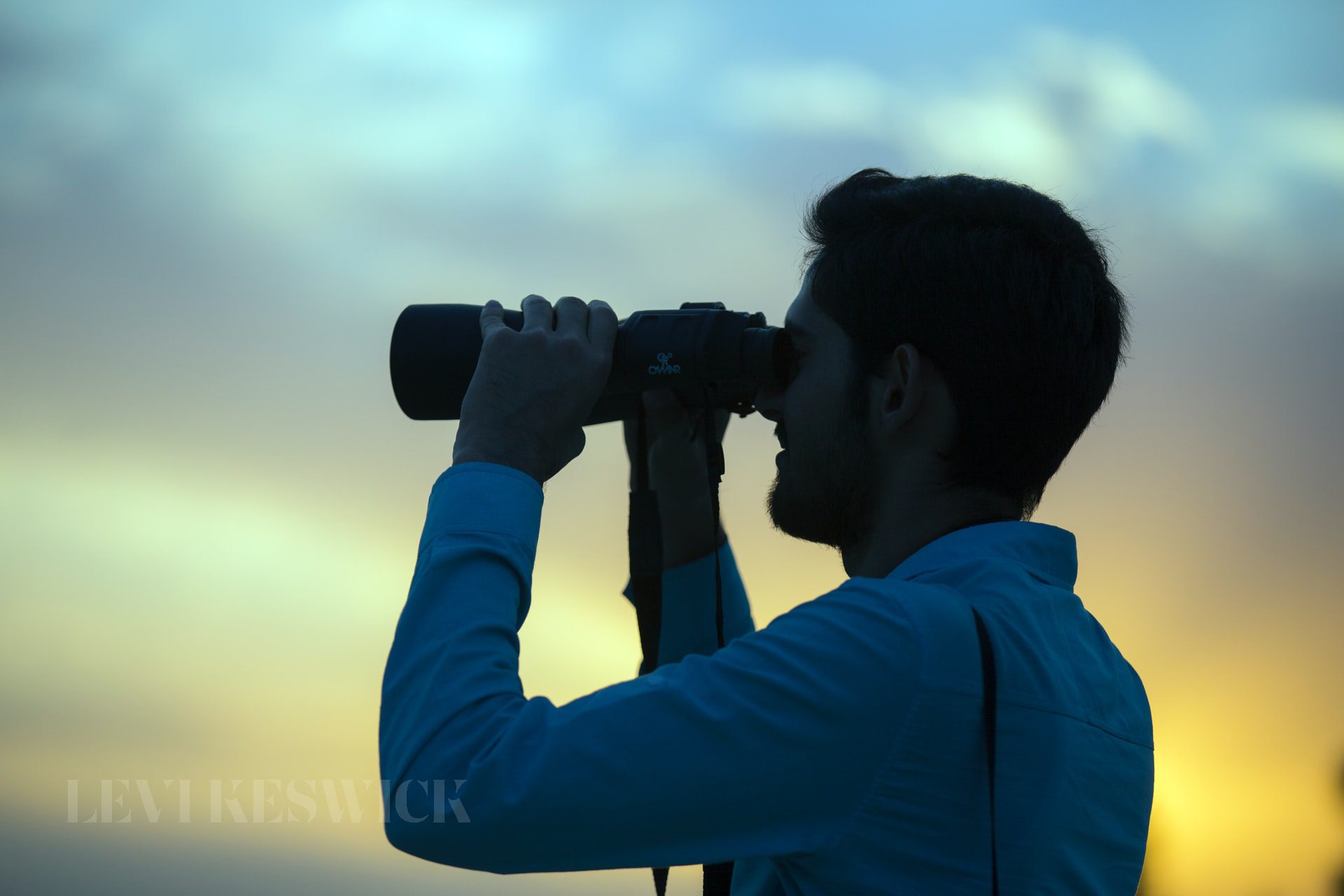It is imperative to have a scope that performs in low-light situations. A good low-light scope will be able to maintain a clear picture and keep your shots accurate no matter how dark the environment is! The best scopes will be able to perform on extremely low light conditions with quality glass, precision engineering, and long-range accuracy. Let’s explore!

Good Performance At Night
As any hunter knows, the best time to hunt is often at night when animals are most active. This means that a good scope must be able to function just as well in low-light conditions as it does during the daytime. This is why a night vision scope should be a priority purchase. There are a few different aspects that make up how well a scope performs in low light. The first and most important is the quality of the glass. The good-quality glass will transmit more light than lower-quality options and produce a clearer image. In addition, the lenses should be treated with an anti-reflective coating to reduce glare and maximize light transmission. The second is the size of the objective lens. The larger the objective lens, the more light that will be gathered and transmitted to your eye. This is why a night vision scope will often have a 50mm or larger lens.
Precision Engineering and Long-Range Accuracy
To maintain accuracy in low-light environments, the scope must be well engineered. This means that all of the internal components must be precisely calibrated and aligned. The slightest deviation from perfect alignment can cause your shots to go astray in low light. This is why high-quality scopes are often more expensive – they undergo more rigorous testing and have tighter tolerances. So, if you’re looking for a low-light scope, be prepared to pay a little extra for quality and precision. A good low-light scope should also be able to maintain its long-range accuracy in the dark. This requires precise calibration as well as a quality build that can withstand the stresses of extended use. Cheaper scopes may not be able to maintain their accuracy over long distances, especially in low light. So, when shopping for a scope, be sure to consider how well it will perform in the dark. Also, keep in mind that a good low-light scope will usually be more expensive than a standard scope.
The Price
As with most things in life, you get what you pay for when it comes to low-light scopes. The best low-light scopes on the market are usually quite expensive. So, if you’re on a budget, you may have to settle for a less than ideal scope. However, even the best low-light scope will be useless if it’s not properly calibrated or aligned. So, be sure to have your scope professionally installed and calibrated before using it in the field. Also, make sure to keep your scope clean and free of debris.
Low-Light Reticles
One of the most important features of a good low-light scope is a quality reticle. The reticle is what you use to aim the rifle, and it needs to be easy to see in all lighting conditions. Many scopes come with illuminated reticles, which are easy to see in the dark. However, not all illuminated reticles are created equal. Some are brighter than others, and some have adjustable brightness levels. So, when shopping for a low-light scope, be sure to find one with a bright and adjustable reticle. Also, make sure that the reticle is easy to see in all lighting conditions, not just in the dark.
The Types of Low-Light Scopes
There are two main types of low-light scopes – night vision and thermal. Night vision scopes use an image intensifier to amplify the light that is gathered by the scope. This allows you to see in the dark, but it does have some drawbacks. First, night vision scopes can be blinded by bright lights, so you need to be careful when using them in environments with both bright and low-light conditions. Second, night vision scopes can produce a fuzzy image, so they may not be ideal for long-range shooting. Thermal scopes, on the other hand, use a heat sensor to detect objects in the dark. They are not affected by bright lights, and they can produce a clear image at any range. Also, thermal scopes can detect movement, which makes them ideal for tracking targets in the dark. So, when shopping for a low-light scope, be sure to consider both night vision and thermal scopes.

So, there are several important factors to consider, including precision engineering, long-range accuracy, low-light reticles, and the price. Also, be sure to consider the type of low-light scope that you need. Be sure to have your scope professionally installed and calibrated before using it in the field. It is important to remember that these features often come at a higher price tag. However, the benefits of a quality low-light scope are well worth the investment!










